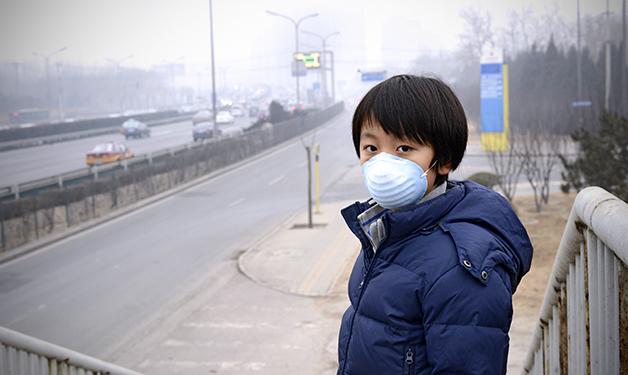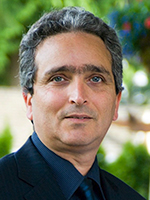
Infection without symptoms fuels TB’s proliferation in developing countries.
Although one-third of the world has been exposed to the bacteria that causes tuberculosis (TB), and many millions of people carry a dormant version of TB, only a very small percentage of them succumb to the disease. Still, in 2012, that small percentage equaled a staggering 1.3 million deaths1, mostly in developing countries.
“It fascinates me how a microbe can survive and infect human beings so successfully – and the best way it does this is by not killing the majority of people it infects,” says Vancouver Coastal Health Research Institute researcher, Dr. Yossef Av-Gay, professor at the Infection and Immunity Research Centre. “If people died immediately from TB, it would have wiped out a large percentage of the world’s population and then disappeared.”

Dr. Av-Gay’s interest in TB can be seen in his more than 20 years researching Mycobacterium tuberculosis (M. tuberculosis), the bacteria that causes the airborne disease. He is currently leading collaboration between academia and pharmaceutical companies studying the biology of M. tuberculosis, and particularly mechanisms that this bug uses to subvert our immune response.
“We’re looking to discover weak points of the bug,” Dr. Av-Gay explains. “And these weak points are targets for drug therapy.”
The co-existence of bacteria and human being and interaction between host and pathogen interested Dr. Av-Gay when he first started studying biology. His research laboratory uses combined biochemical, genetic, and immunological approaches to study proteins in detail, focusing on their role in tuberculosis pathogenesis. His work has shown that certain proteins are key modulators of successful M. tuberculosis infection of human macrophages, which are large, specialized cells of the immune system that are formed in response to an infection or accumulating damaged or dead cells.
“How smart it is that a simple bug would to do such complicated maneuvers to survive inside out,” he says.

“The majority of people who get infected don’t show any signs of the disease,” says Dr. Av-Gay. “That’s one of the areas that we study: how TB can so elegantly stay undetected in so many people.”
Members of Dr. Av-Gay’s research team are currently working in Spain and South Africa, and Dr. Av-Gay himself is training researchers and microbiologists in Romania, all in an effort to develop better methods and drugs to counteract the disease.


